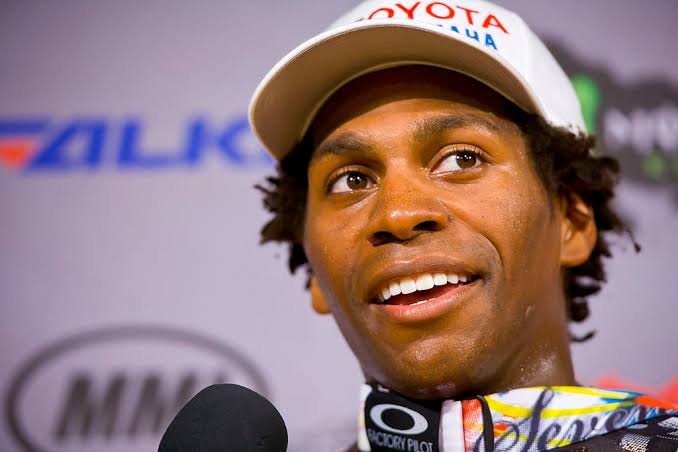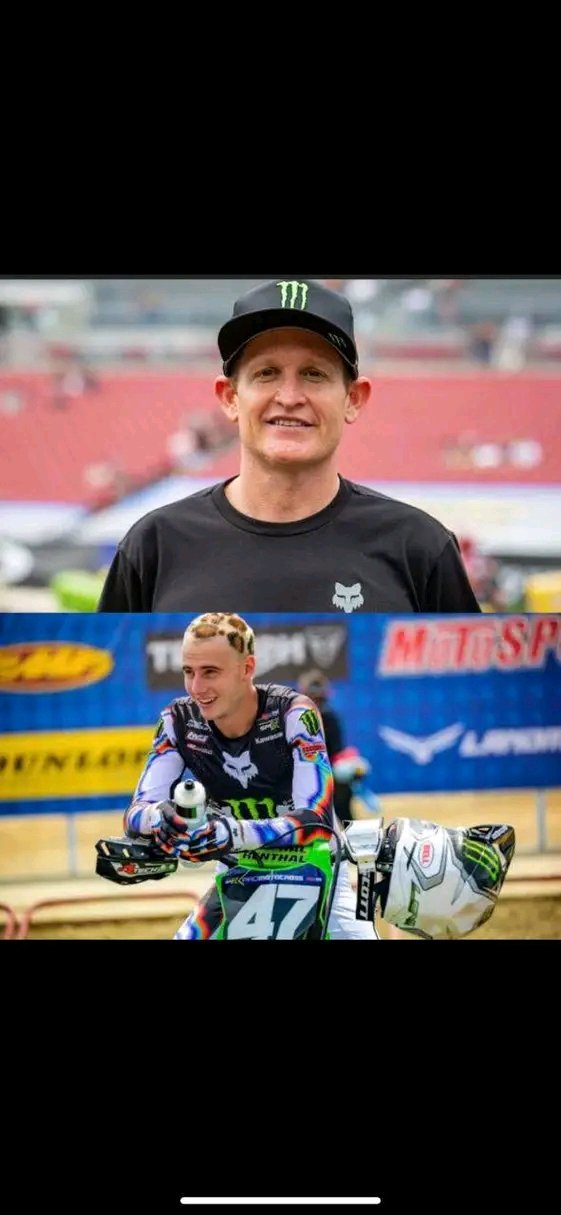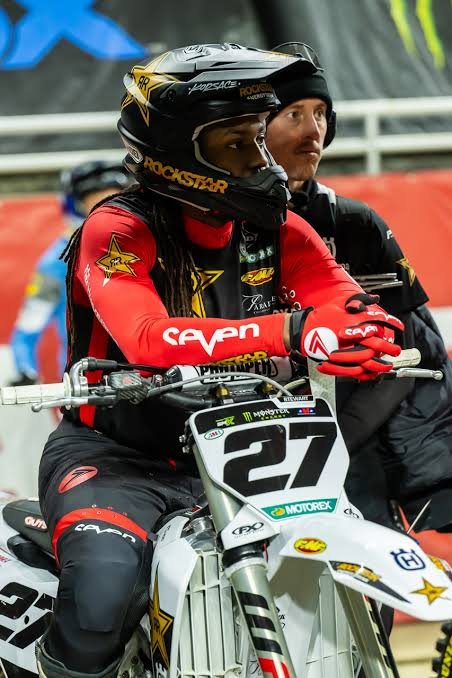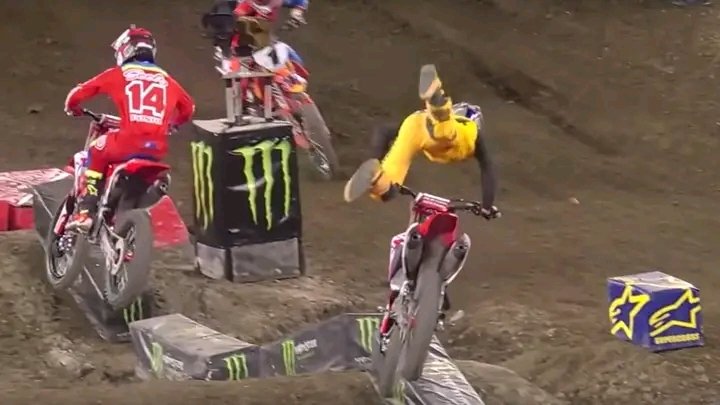
James Stewart (Bubba) Comments on Feud Between Tomac and Ricky Carmichael on “Skill vs. Technology”
James Stewart, widely known as “Bubba” in the motocross world, recently weighed in on the ongoing debate between Eli Tomac and Ricky Carmichael regarding the role of technology versus skill in motocross racing. As one of the greatest riders in the history of the sport, Stewart’s insights carry significant weight. His perspective is shaped by years of experience, having competed at the highest level with both cutting-edge technology and raw talent as his primary weapons.
The debate itself revolves around the extent to which advancements in bike technology influence a rider’s success. Tomac, a modern-era racer, has benefitted from the latest innovations in bike performance, including traction control, advanced suspension, and electronic fuel management. Meanwhile, Carmichael, who dominated the sport in the early 2000s, raced in an era when technology was less refined, making skill and physical conditioning the most critical factors.
Stewart’s Take on Skill vs. Technology
In a recent interview, Stewart commented on the debate, saying, “You know, technology’s always going to play a role in racing, no doubt about it. But when it comes down to it, you can have all the fancy bikes and gadgets in the world, but you need the skills to back it up. I’ve been on both sides of that my whole career.”
This statement highlights a key point: while technology can provide an edge, it cannot replace the raw skill, mental toughness, and physical endurance required to win at the highest levels of motocross.
Stewart is uniquely qualified to speak on this topic because he straddled two different eras in motocross. When he started racing professionally in the early 2000s, bikes were relatively simple compared to today’s standards. However, as his career progressed, he experienced firsthand the rapid advancements in bike technology. Despite these improvements, his success was ultimately determined by his ability to push the bike to its limits, regardless of how advanced it was.

The Role of Technology in Modern Racing
There’s no denying that motocross bikes have come a long way. Today’s bikes are equipped with state-of-the-art suspension, lightweight materials, and advanced electronics that adjust power delivery to maximize traction. Riders can now fine-tune their bikes in ways that were unimaginable two decades ago.
Eli Tomac, one of the most dominant riders of the current generation, has benefitted from these advancements. However, he still relies heavily on his skills, conditioning, and racecraft to win championships. Tomac has consistently showcased his ability to ride aggressively, adapt to different track conditions, and maintain peak performance over the course of a grueling season.
On the other hand, Ricky Carmichael built his legendary career on an unmatched work ethic, physical fitness, and a relentless riding style. Often referred to as “The GOAT” (Greatest of All Time), Carmichael didn’t have the luxury of modern electronics or refined bike setups. Instead, he depended on sheer determination, skill, and endurance to dominate his competition.
Does Technology Make Racing Easier?
One of the main arguments in this debate is whether modern technology makes racing easier. Some old-school riders believe that today’s bikes are too forgiving, allowing less skilled riders to achieve better results than they would have in previous eras. Others argue that while technology helps, the physical and mental demands of motocross remain as grueling as ever.
Stewart seems to side with the latter view. He acknowledges the role of technology but emphasizes that skill is still the deciding factor in a rider’s success. His own career serves as proof. Even as bikes evolved, Stewart remained competitive due to his exceptional talent, innovative riding techniques, and ability to push boundaries.
The Evolution of Riding Styles
Another important aspect of this debate is how riding styles have changed due to technological advancements. In Carmichael’s era, riders had to rely more on their body positioning and throttle control to manage power delivery. With less sophisticated suspension and engine management, riders had to be incredibly precise to maintain speed and control.
In contrast, today’s riders can be more aggressive with their throttle application, thanks to improved traction control and suspension technology. This has led to a shift in riding techniques, with modern racers taking advantage of the increased stability and predictability of their bikes. However, this doesn’t mean that today’s riders are less skilled—rather, they have adapted to new technology and evolved their riding styles accordingly.
Finding the Balance Between Skill and Technology
Ultimately, the most successful riders are those who can blend skill with technology effectively. Having the best bike doesn’t guarantee success; a rider must still possess the talent, work ethic, and race intelligence to fully utilize their machine’s capabilities.
Stewart’s career is a testament to this balance. His ability to innovate on the track, push the limits of his bike, and adapt to different racing conditions made him one of the most exciting riders to watch. Whether he was riding a carbureted two-stroke or a fuel-injected four-stroke with electronic mapping, his skill always shined through.
The debate between Tomac and Carmichael on skill versus technology will likely continue for years to come, as motocross continues to evolve. While advancements in bike technology have certainly changed the sport, they have not diminished the importance of skill.
James Stewart’s perspective offers valuable insight into this debate. As someone who has raced in both eras, he understands that while technology can enhance a rider’s performance, it will never replace the fundamental skills required to succeed. At the end of the day, championships are won by those who put in the work, master their craft, and push beyond their limits—regardless of the bike they are riding.so, while the technology will always be a part of motocross,it is the riders who make history.


